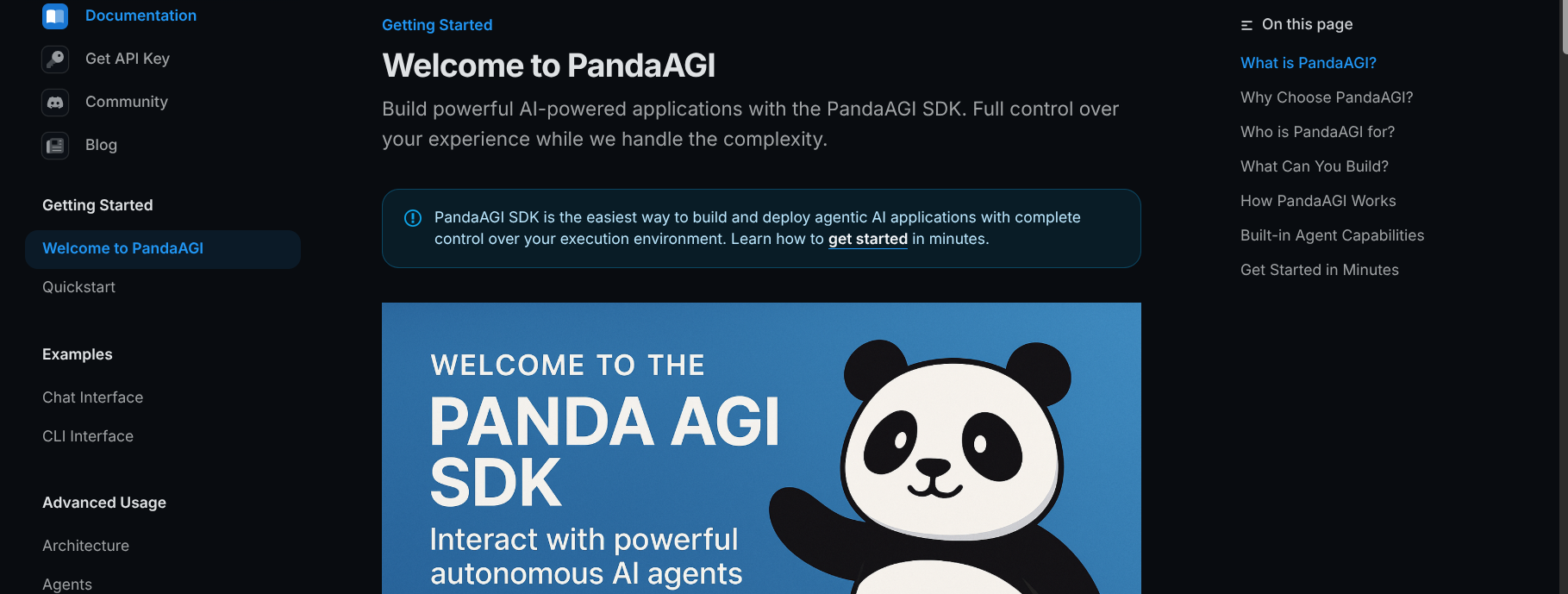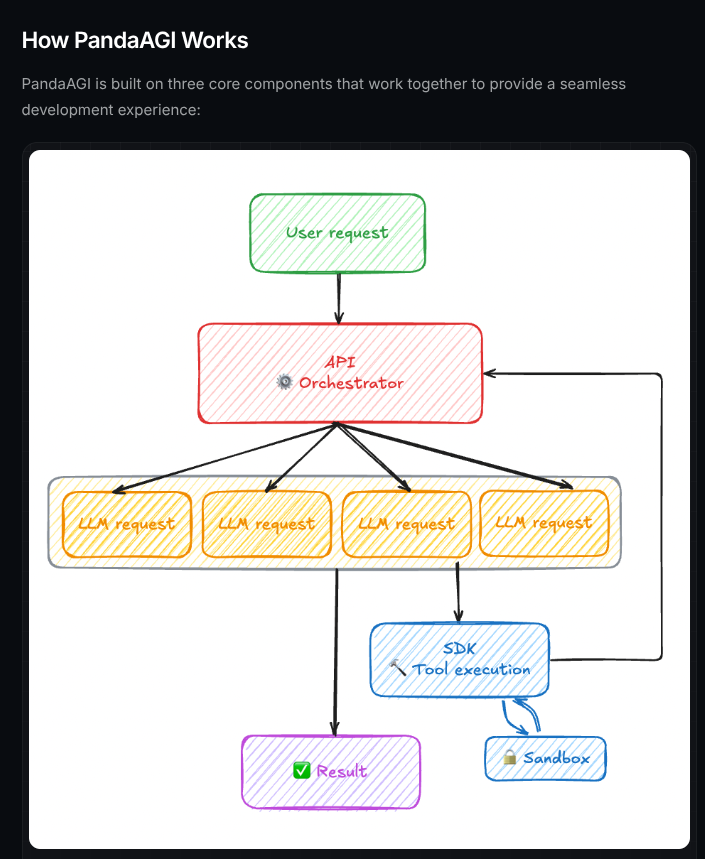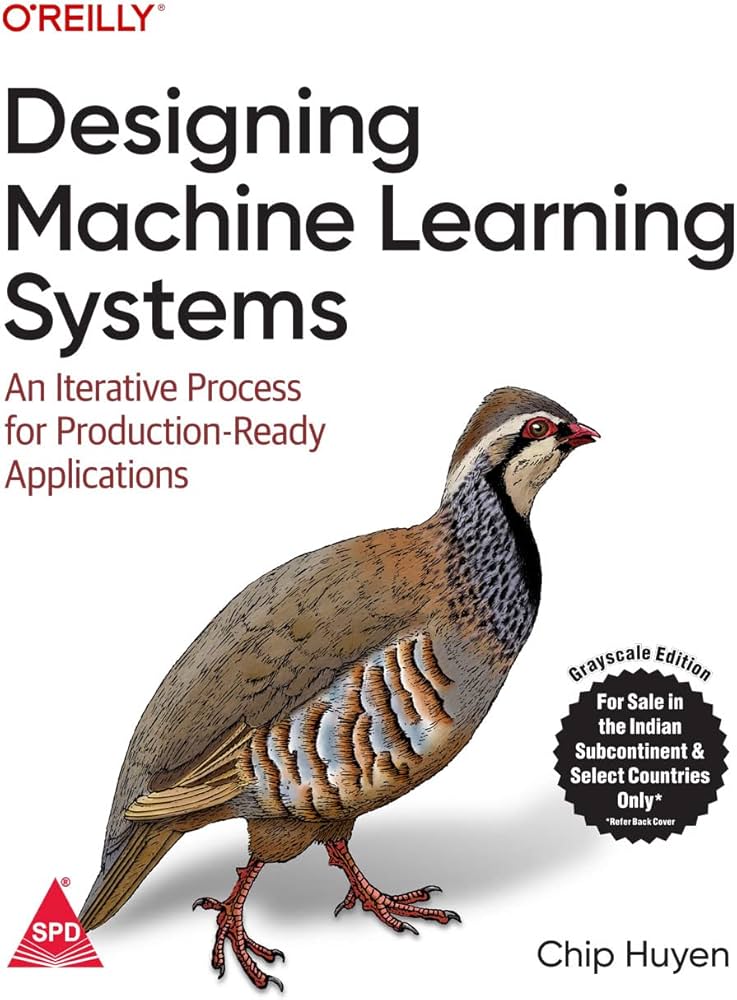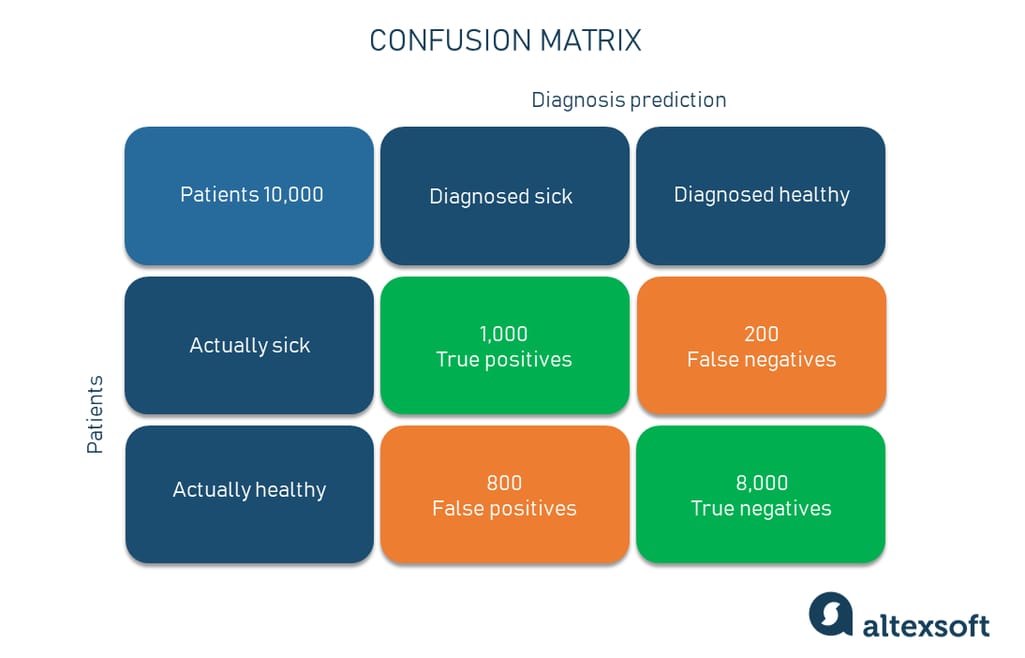status-updates
Week 7: Voice Agent Implementation & Integration 🚀
Monday: LiveKit Voice Agent Development 🎯
Voice Agent Implementation Success 🌟
Successfully implemented a complete voice agent system integrating LiveKit with Google Sheets, creating an automated outbound calling solution.

System Architecture 🏗️
- Dispatch System Implementation 📞
- Google Sheets data extraction
- Automated room creation
- SIP participant management
- Outbound call handling
- Conversation Agent Development 🤖
- Real-time conversation management
- Customer detail verification
- Dynamic data updates
- Call lifecycle handling
Integration Flow 🔄
- Initial Setup 🚀
- Dispatch calls initiates the process
- Room creation in LiveKit
- Agent initialization
- Call Execution 📱
- Participant connection
- Room joining sequence
- Real-time communication establishment
- Data Management 📊
- Google Sheets verification
- Real-time data updates
- Information confirmation
Project Resources 📚
Documentation & Demo 🎥
- 💻 GitHub Repository: LiveKit-Google
- 🎥 Implementation Demo: LiveKit Voice Agent Demo
Tuesday: API Security & Character Encoding Deep Dive 🔒
Security & Encoding Research 🛡️

Conducted comprehensive research and documentation on critical web security and encoding concepts, focusing on practical implementations and best practices.
Key Areas Explored 📚
- API Security 🔐

- OWASP security principles
- Authentication vs Authorization
- Security best practices implementation
- API endpoint protection strategies
- Character Encoding Systems 💻

- Unicode vs ASCII comparison
- UTF encoding variations
- Implementation considerations
- International character support
- Internationalization (i18n) 🌍
- Multi-language support
- Character encoding handling
- Localization strategies
- Cultural considerations
Documentation & Resources 📝
Published Content 📖
- 📝 Blog Post: How Characters Become Code and Code Stays Secure
Wednesday: Pandas-AGI SDK Exploration 🤖
Pandas-AGI Framework Research 🛠️
Started exploring Pandas-AGI, an innovative SDK designed to simplify and streamline the process of building autonomous agents.

Project Overview 🎯
- SDK Capabilities 💡
- Simplified agent development
- Built-in agent templates
- Rapid prototyping tools
- Agent behavior customization
- Key Features ⚙️
- Agent lifecycle management
- Task orchestration
- State management
- Event handling system
- Development Benefits 🚀
- Reduced development time
- Standardized agent patterns
- Easy integration capabilities
- Scalable agent architecture
Project Resources 📚

Documentation & Repository 💻
- 🔗 GitHub Repository: Pandas-AGI Framework
- 📖 Purpose: A comprehensive SDK for building and deploying autonomous agents with ease
Thursday: Machine Learning Systems Deep Dive 📚
ML Systems Research & Analysis 🔬
Engaged in comprehensive study of machine learning systems, focusing on the practical aspects of ML in production environments versus research settings.

Key Learning Areas 📋
- Research vs Production ML 🎯
- Trade-offs between accuracy and performance
- Production-specific considerations
- Model complexity implications
- Real-world deployment challenges
- System Bottlenecks ⚡
- Development bottlenecks in training
- Deployment bottlenecks in inference
- Latency optimization strategies
- Performance tuning considerations
- Data Management 💾
- NoSQL approaches
- Graph models
- Document models
- OLTP vs OLAP comparisons
- ACID compliance requirements
- NoSQL approaches
- ML Operations 🛠️
- H2O AutoML capabilities
- Model selection strategies
- Labeling approaches
- Weak supervision
- Labeling heuristics
- Transfer learning applications
Study Resources 📚
Technical Focus Areas 📖
- 🏷️ Labeling: Regex and keyword matching strategies
- 🔄 Transfer Learning: Application in production systems
Friday: ML Model Evaluation & Optimization 📊
Model Performance Analysis Deep Dive 📈
Conducted in-depth study of critical machine learning evaluation metrics and techniques for handling imbalanced datasets, focusing on practical applications in real-world scenarios.

Key Concepts Studied 🎯
- Class Imbalance Handling ⚖️
- Problem: When one class significantly outnumbers others
- Impact: Models biased towards majority class
- Solutions:
- SMOTE (Synthetic Minority Over-sampling Technique)
- Under-sampling majority class
- Class weights adjustment
- Evaluation Metrics 📏
- ROC (Receiver Operating Characteristic)
- True Positive Rate vs False Positive Rate
- Area Under Curve (AUC) interpretation
- Threshold selection strategies
- Precision-Recall Trade-off
- Precision: Accuracy of positive predictions
- Recall: Ability to find all positive instances
- Use cases for different business needs
- F1 Score
- Harmonic mean of precision and recall
- When to prefer F1 over accuracy
- Balanced evaluation for imbalanced datasets
- ROC (Receiver Operating Characteristic)
- Feature Engineering 🛠️
- Missing Value Treatment
- Imputation strategies
- Mean/median/mode replacement
- Advanced techniques for different data types
- Missing Value Treatment
Practical Applications 💡
Implementation Scenarios 🔍
- 📊 Healthcare: Handling rare disease detection
- 💳 Finance: Fraud detection in imbalanced transactions
- 📱 User Behavior: Rare event detection in user interactions
Best Practices 📚
- Choose metrics based on business impact
- Consider cost of false positives vs false negatives
- Validate models with appropriate cross-validation strategies
Saturday: Tools Exploration & Project Completion 🛠️
Tools & Frameworks Research 🔍
Explored various tools and frameworks for ML pipelines, voice agents, and document processing.
Technology Exploration 📚
- Chatterbox Framework 🗣️
- Open source voice LLM agent framework
- Developed by Resemble.ai
- Voice interaction capabilities
- LLM integration features
- PDF Processing Integration 📄
- PDFPlumber implementation
- Text extraction capabilities
- Integration with medical assistant RAG
- Document processing workflow
- ML Systems Components 🔄
- Pipeline stages exploration
- End-to-end workflow analysis
- Component integration strategies
- System architecture design
- Data Version Control (DVC) 📦
- Hands-on implementation
- Version control for ML datasets
- Pipeline tracking
- Repository: DVC Test Project
Project Completion 🎯
E2E ML Pipeline Implementation ⚙️
- Comprehensive pipeline development
- Full implementation and testing
- End-to-end workflow integration
- Repository: E2E ML Pipeline
Sunday: Data Serialization Deep Dive 📝
Data Format Comparison Study 🔍
Explored and compared different data serialization formats, focusing on JSON and YAML, their relationships, and use cases.
Format Analysis 📊
- JSON (JavaScript Object Notation) 📋
- Characteristics:
- Simple and lightweight
- Native JavaScript support
- Widely used in web APIs
- Smaller file size
- Best For:
- Web applications
- API data exchange
- Configuration files
- Cross-platform communication
- Characteristics:
- YAML (YAML Ain’t Markup Language) 📘
- Characteristics:
- Human-readable format
- Support for complex data types
- Comment support
- Superset of JSON
- Best For:
- Configuration files
- Documentation
- Complex data structures
- Human-edited files
- Characteristics:
Key Insights 💡
- Format Relationships 🔄
- YAML is a superset of JSON
- All JSON files are valid YAML
- Not all YAML files are valid JSON
- Easy conversion between formats
- Selection Criteria 🎯
- Use JSON for:
- API responses
- Data transmission
- Browser interactions
- Use YAML for:
- Config files
- Documentation
- Human-edited content
- Use JSON for:
E2E ML Pipeline Project Completion 🎯
Repository: E2E ML Pipeline
Completed a comprehensive end to end ml pipeline project , includes aws s3 for storage , pyspark for distributed computing , DVC for data version control .
Week 7 Completion 🎉
Successfully completed the week with comprehensive learning across:
- Voice agent implementation
- ML systems and evaluation
- Data serialization formats
- Tool exploration and integration
Thank you for following along with Week 7! Looking forward to more exciting developments ahead. 🚀